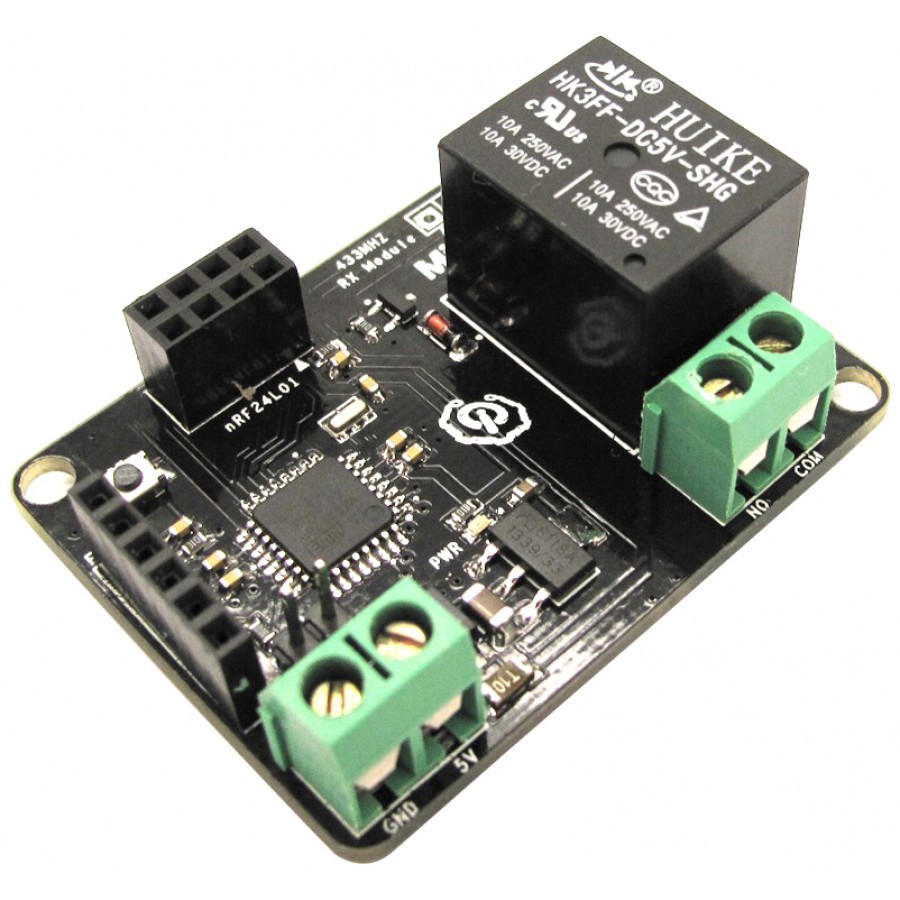In order to make a flexible platform for users we need to think about the criteria needed for this project.
- Popular programmable microcontroller to be of use to a large community.
- Safety of user from high voltage nets running in the device.
- Small footprint so it can be integrated into more projects easily
- Easy to operate and program for beginners, no easy way to pose a danger to one’s self.
- Integrated wireless functionality of some sort for home automation use.
Looking at these criteria it seems that Arduino would be the best microcontroller of choice. There are plenty of libraries and shields out there for expanding functionality of the device and a high number of users who could benefit from such a project.
With respect to wireless there are many standards on the market currently. At one end there are the 433MHz modules and at the other Wi-Fi. The cost of adding a Wi-FI or Bluetooth module might be too great for some users and only Wi-Fi lends itself to the automation side due to everything usually being connected to a router.
Therefore a small footprint Arduino compatible box of some kind along with an integrated NRF24L01+ module which can support star and mesh topology networks which is ideal for larger numbers of home automation devices. Perhaps a universal interface could be used to have many versions of wireless standards integrated in? Ideally a user could just use a shield if they were not happy with the NRF24L01+.
Quite like this but better overall hopefully.

Discussions
Become a Hackaday.io Member
Create an account to leave a comment. Already have an account? Log In.